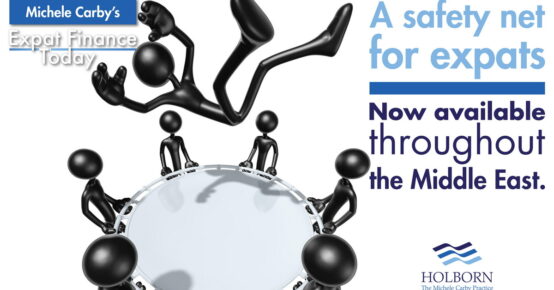In theory should you need to claim life insurance it should be as simple as filling in a form and receiving the money. Sadly, however, the process is hardly straight forward taking months to complete on average.
Couple this with many payouts being classed as taxable under inheritance tax laws, and you could be forgiven for being at odds with the system.
This post shows you how to avoid this by putting you policies into a trust.
The Three Types of Trust Explained
Plain and Simple Trusts
Plain and simple trusts sometimes called bare or absolute trusts are quite simple affairs. The settlor (the person setting up the trust) names beneficiaries and what each one receives from his or her estate. They can also include life insurance policies.
Any profits from the assets belonging in the trust are now the beneficiaries. This makes plain and simple trusts unsuitable for critical illness cover. Also, as the beneficiaries can claim the trust’s assets when they are 18, this could be unsuitable if you are quite young and healthy.
The other important thing to remember is that once the trust is up and running you cannot add new beneficiaries and the present ones will pay tax on their benefits.
Discretionary Trust
A discretionary trust enables the settlor to appoint trustees to manage the trust. The trustees have the power to decide when the beneficiaries should inherit the assets regardless of age. To help the trustees, you as the settlor sets out the expression of wishes where you tell the trustees who gets what in relation to your estate. You can also add and remove beneficiaries as you see fit.
Care should be taken when choosing the trustees as once the trust is established they effectively manage it. They can block a move to add or remove a beneficiaries and refuse to pass on assets if they deem fit.
Split Trust
A split trust allows you to put some of your assets into a trust but retain others. You could for example, put your life insurance policy into the trust, but retain critical illness cover should you need it.
As with discretionary trusts, as settlor you would appoint trustees, and they would have the same powers as discretionary trusts.
The Value of Trusts and Life Insurance
When you put your life insurance policy into trust, your beneficiaries can avoid inheritance tax, and the payout is much faster, easing the pressure on your loved ones.
You can transfer your life insurance policy into trust, the only issue you may have is if you are suffering ill health, as the taxman may deem this a disposal beyond the annual inheritance tax exemption and rule the benefits subject to tax.
Sound Financial Advice
As you can see this is a complex issue, and one that requires careful thought and planning. My award winning financial advice has helped hundreds of professionals make the right financial decisions, especially where insurances were concerned. Let me do the same for you.
Click here and complete the Call Back Service form.
Source
Mail Online
For more information, please contact Michele Carby at Holborn Asset Management on +971 50 618 6463 and on e-mail at [email protected]












